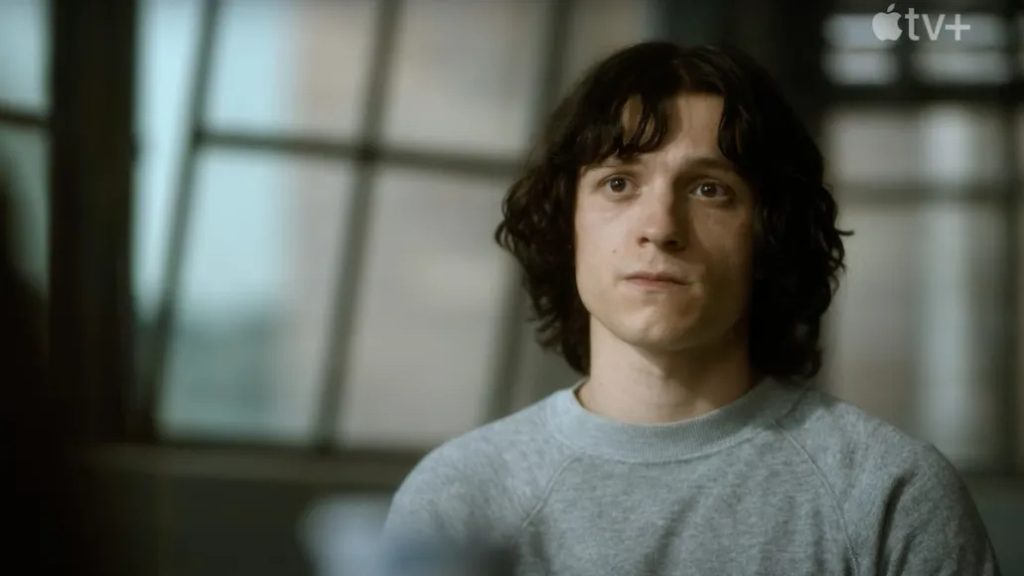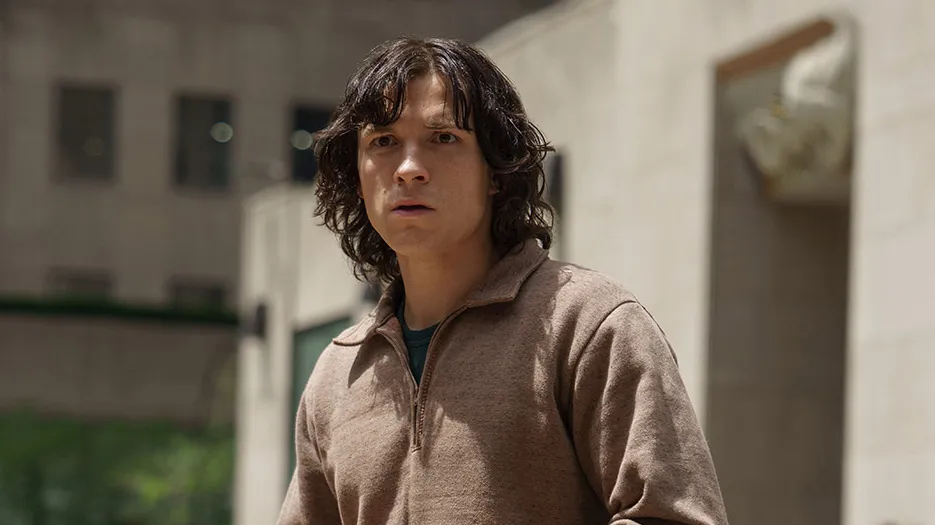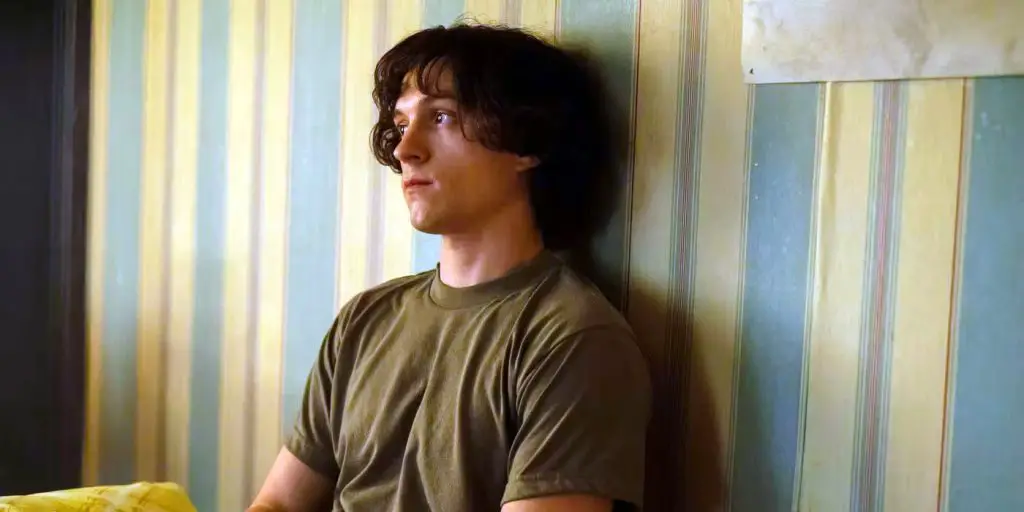Delving deep into the mysterious psyche of Danny Sullivan (portrayed by Tom Holland), AppleTV+’s gripping series “The Crowded Room” spins a captivating narrative over nine episodes, culminating in the much-anticipated season finale, “Judgment”. Throughout the series, viewers were led through a maze of characters, only to realize that the maze was Danny’s mind itself, full of diverging personalities.
Rya Goodwin (Amanda Seyfried), a renowned forensic psychologist and interrogator, puts forth a groundbreaking diagnosis for Danny: multiple personality disorder, now termed dissociative identity disorder. With Danny accused of heinous crimes, including a chilling attempted murder in Rockefeller Plaza, Rya grapples with proving his innocence. All this unfolds against the vibrant backdrop of 1979 summer, inspired by the real-life story of Billy Milligan.
The Roots of “The Crowded Room”

In 1981, “The Minds of Billy Milligan” penned by Daniel Keyes, received the prestigious Hugo Award, capturing the unsettling life of Billy Milligan. This narrative was later transformed for the screen by Akiva Goldsman. The book paints the portrait of a man acquitted of a grave crime, using the insanity defense anchored on his diagnosed disassociation identity disorder.
Milligan’s trial stood as a landmark, arguing that he shouldn’t be accountable for deeds committed by his violent personalities. Stemming from traumatic, often sexually abusive childhood experiences, this disorder put Billy Milligan at the heart of legal and ethical debates. Many still grapple with whether justice was genuinely served.
Danny’s Crime Unveiled

Trapped in a tumultuous family, with a desolate single mother, Candy (played by Emmy Rossum), Danny’s childhood was anything but serene. When Marlin Reid (Will Chase) enters their lives, Danny finds himself ensnared in a dark web of abuse. Marlin’s sadistic tendencies scar Danny, leading to the birth of the series’ major plot – the formation of Danny’s multiple personalities.
The series opens with a riveting scene: Danny and a woman, Ariana (Sasha Lane), plotting a cold-blooded shooting in Rockefeller Center. As the plot unravels, viewers learn that Ariana is one of Danny’s personalities, and the intended victim is none other than Marlin. The shocking crime is caught on camera, casting a shadow on Danny’s already fractured life.
Understanding the Climax

In the series’ final episodes, the courtroom becomes the battleground. Represented by Stan Camissa (Christopher Abbott), a PTSD-stricken attorney, Danny’s defense centers around his childhood trauma and resultant disorder. A gut-wrenching betrayal by Candy further complicates the case.
But a breakthrough emerges. Realizing they’ve engaged with the wrong personality, Rya suggests presenting the aggressive “alters” to the jury. This pivotal moment witnesses an intense confrontation between Stan and Danny’s dominant personality, “Jack Lamb” (Jason Isaacs). Delving deep into his psyche, a painful truth emerges – the existence of “Adam”, a symbolic representation of Danny’s traumatic past.
Resolution and Reflection

In a courtroom packed with suspense, Danny’s candid revelation about “Adam” sends shockwaves. The jury’s decision: not guilty due to insanity. This verdict sparks myriad reactions, symbolizing society’s continuous struggle with understanding mental health.
In the aftermath, poignant moments unfold between Danny and Candy, as they attempt to mend their broken relationship. The series closes with a touching exchange between Danny and Rya. With “Let It Be” echoing in the background, Danny’s words resonate a haunting promise of a guardian angel, suggesting his readiness to confront his past.
In Conclusion

“The Crowded Room” is more than just a psychological thriller; it’s a profound exploration of the human psyche, societal judgments, and the intricate world of dissociative identity disorder. By delving into the intricate labyrinth of Danny Sullivan’s mind, the series illuminates the broader issues surrounding mental health, justice, and societal acceptance. Through breathtaking performances and a gripping narrative, the series leaves viewers with a contemplative aftertaste, pushing them to reflect on the complex tapestry of the human mind.


